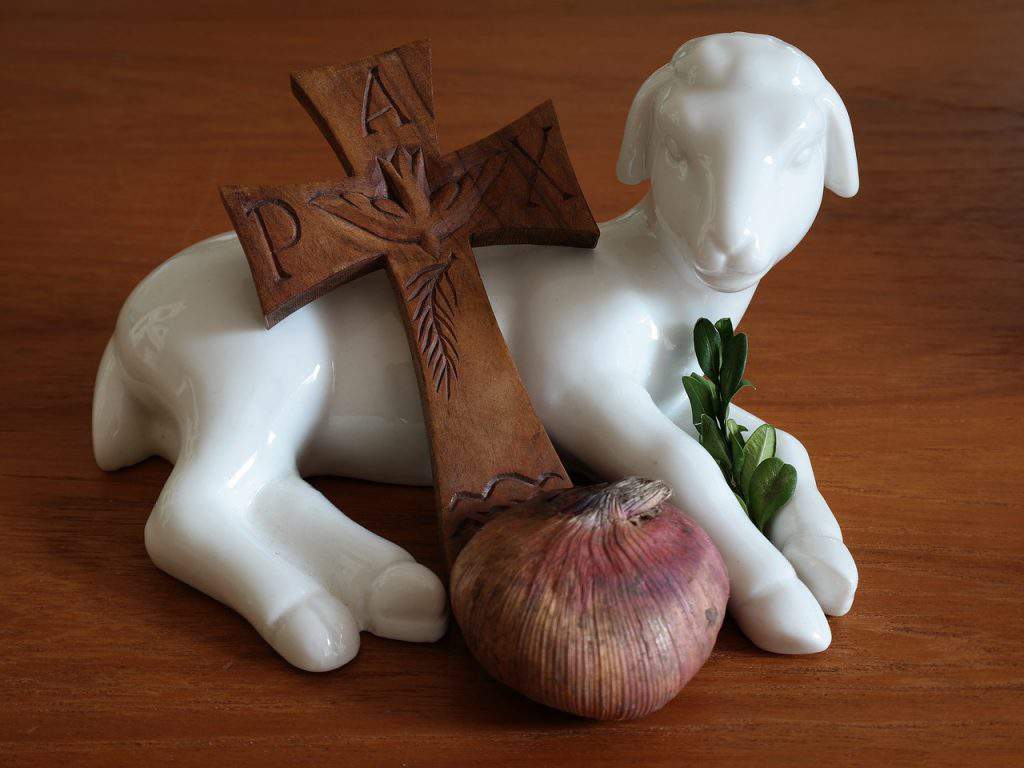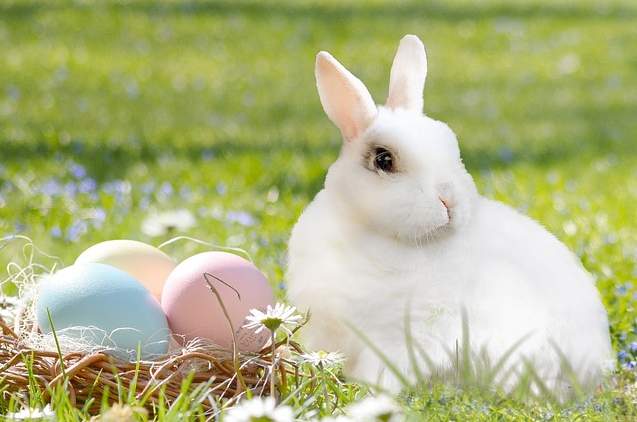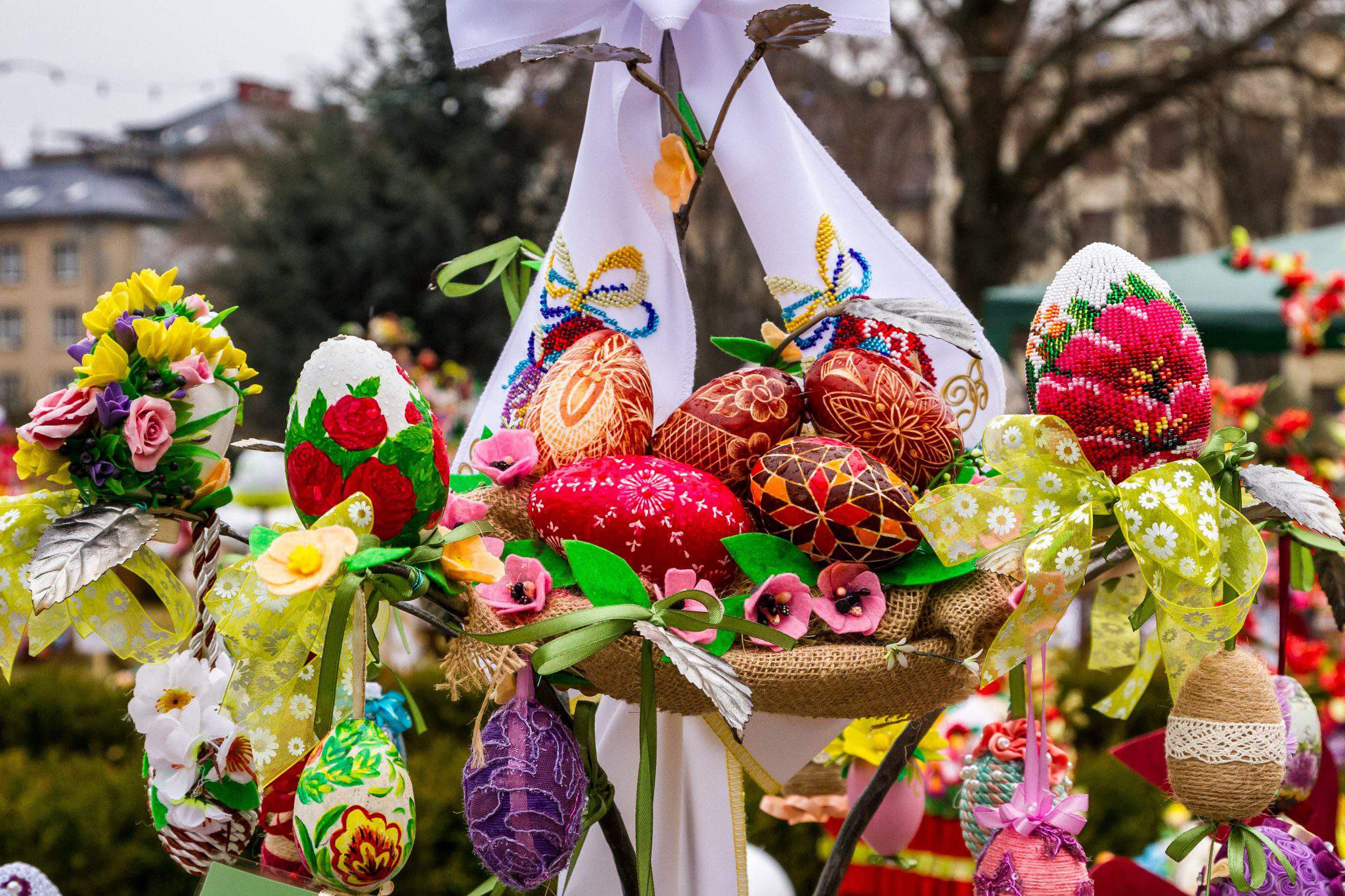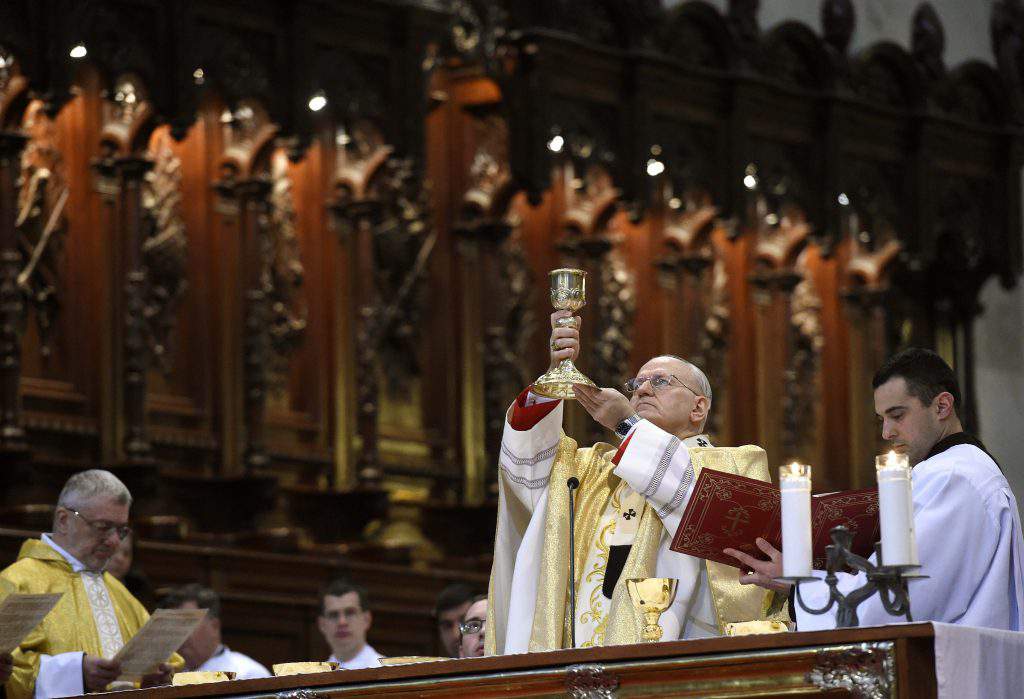Easter in Hungary – the origins of a holiday
The Hungarian word for Easter is “húsvét” (“taking meat”), which originates from the fact that the first day of Easter is the closure of the 40 days of fast. In Csíkményság, the procession during Easter is often called “kikerülés” (“avoidance”), which shows similarities to the original English word for Easter: Passover.
According to Magyarvagyok.hu, Easter and its relative holidays belong to the movable feasts, as they are not related to the same date in the traditional Julian calendar. It is calculated according to the movement of the moon, so the date of Easter has been debated many times.
Pesach or the Jewish “Easter” is the basis of the European holiday; according to Israelite tradition, this was the day when the Children of Israel fled from the Egyptian slavery. According to the Old Testament, the Egyptian households were struck by the ten plagues, but the Angel of Death avoided the Jewish houses because they were marked with lambs’ blood — that is the reason why Easter is often referred to as the “avoidance.”
A preparation period precedes Easter called fast (Nagyböjt), which commemorates Jesus’ 40-day-long fast during his journey in the desert. The official closure of the holidays related to Easter is Pentecost (Pünkösd in Hungarian). In Latin, this whole period is called Septuagesima, as it lasts for seventy days altogether.
Easter is most importantly the celebration of the resurrection of Jesus Christ in the Christian world.
It is both the oldest and the most important clerical holiday. The Sunday preceding Easter is Palm Sunday, the celebration of Jesus arriving at Jerusalem among a crowd waving with palm branches. Maundy Thursday commemorates the Last Supper and Christ’s arrest, while Good Friday is the mourning of his sentence to die on the cross. Finally, Holy Saturday is celebrated with a procession, as this day is dedicated to the prophecy coming true and Jesus’ resurrection on Easter Sunday.
One of the most ancient — thought nowadays less known — symbols of Easter in Hungary is catkin, which has also been one of the most important herbs in traditional medicine. Hungarians thought it has mystical powers, so they often burnt it the hearth to protect the household from anything harmful.

The lamb is the iconic animal of Easter, at least among the more religious population. It has two reasons: first, as we mentioned above, the blood of lambs protected the Jews from the Ten Plagues of Egypt in the Old Testament.
In the New Testament, however, the lamb refers to Christ, who was “sacrificed” for the salvation of humanity, just as the sacrificial lambs in the old Israelite tradition.

For people less concerned with Christianity, the most significant iconic animal of Easter is the rabbit. It is difficult to explain its relation to the holiday, but the rabbit probably has become a symbol of Easter because of its fertility.
Rabbit is related to Easter eggs for some reason — many claiming that the coloured eggs are actually laid by rabbits — but scholars claim that this misunderstanding has its roots in German culture. In German-speaking areas, it has been a custom to give guinea fowl with its eggs as a present. Guinea fowl is Haselhuhn or simply Hasel in German, while Hase means rabbit. This might be the source of the mixing-up which spread to many placed outside the DACH countries.
Speaking of eggs: it is also closely related to Easter, mostly due to its connection to fertility.
We also eat it during Easter, but probably its colouring and decoration is the most important tradition. The most widespread colour is red, as this colour is considered to have divine or magical powers. Though special paints are already available in stores, traditional painters use the cooked peel of onion to retrieve this colour.

Photo: Wikimedia Commons
It has been a tradition for a long time — especially in Eastern Europe — to dye eggs with herbs and other plants, or sometimes cochineal. Later, multicoloured eggs also appeared, as well as the ones with writings on them. The inscriptions were written with wax on the shell, which was later scratched, revealing the white letters. The writing could vary from names through messages to Christian symbols. Young maidens usually purchased the painted eggs from women who were professional egg decorators.
In Hungary, the tradition of the so-called sprinkling (locsolkodás) is closely connected to painted eggs: after sprinkling girls with perfume — or in a more traditional way with cold water from the well(!) — young men are given some of these decorated eggs. Both sprinkling and Easter eggs symbolise fertility and the sprouts of new life.
Eggs decorated with different patterns are called “hímestojás” (“fingle eggs”) in Hungary.
Young men often compete with each other about who can collect the most eggs during sprinkling “tours.” There are different regional games related to eggs in certain regions of the country. For instance, in Kecskemét, men use to duel in a way that they start hitting eggs against each other and whose egg breaks first loses the game. Another popular custom is throwing eggs towards each other: who does not catch the egg thrown to them will not find their spouse for another year — at least according to the legend.
Eggs have also been subjects of mystical rites. Some people used them for fortune telling: they broke an egg and poured it into a glass of water and it showed what next year’s harvest would be like. In some places, maidens hid eggshell next to the house’s porch. They believed that their future husband’s profession would be the same of the first man who enters the house.
Eggs might have become the symbols of Easter mostly because the poultry usually began laying eggs at that time of the year, bringing the sign of spring and new life — a natural parallel to Christ’s resurrection.
If you found these symbols and traditions interesting, you can test what you have learned.
Source: Magyarvagyok.hu
please make a donation here
Hot news
Hungary’s push for Erasmus, Horizon access: Minister accuses Brussels of blocking youth and researchers
Will Marco Rubio clash with Hungary’s Orbán? Trump’s bold Secretary of State choice
New study names Budapest the 4th best city for a work-and-travel Christmas
Top Hungary news: Video of Gellért Hotel, Robbie Williams in Budapest, Magyar denounces ex-girlfriend — 13 November, 2024
Hungarian FM Szijjártó highlights strict environmental standards for battery plants in Parliament hearing
Robbie Williams returns to Budapest in 2025!





